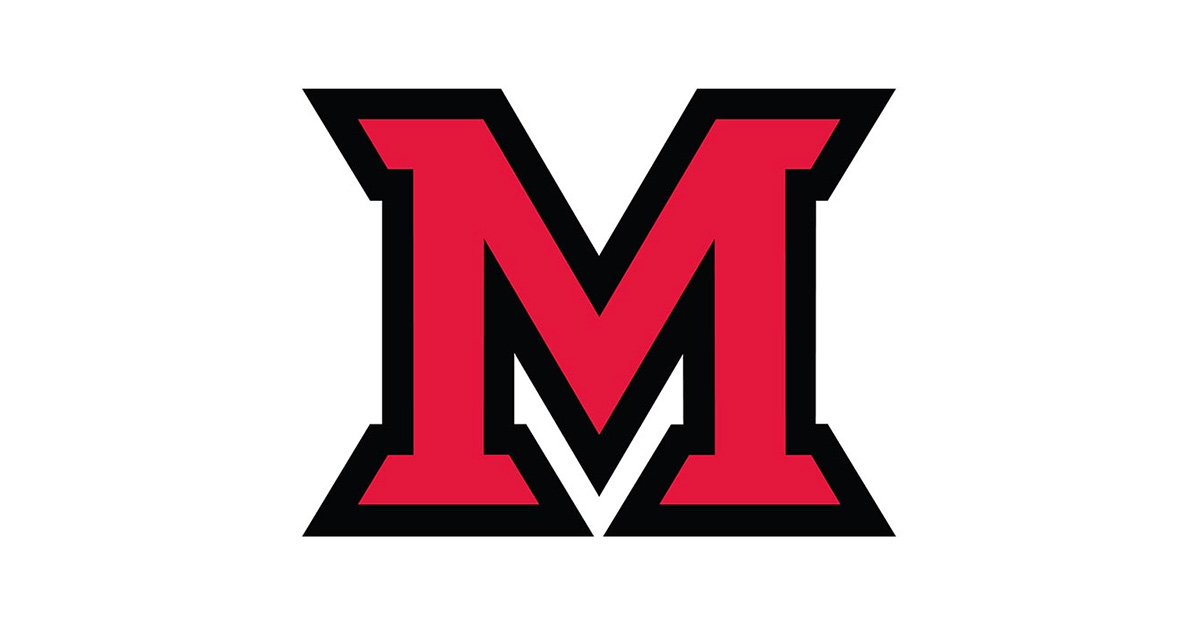Caitlin Martin Helps Miami Instructors Design Assessments for Deep Learning

Assessment isn't always the most exciting topic for people in higher education. For students, it can feel like just a checkpoint determining their success in a course. For instructors and administrators, assessment in the classroom and beyond it—such as assessment of programs and majors—can feel similarly.
However, what if we could build assessments not as barriers for gatekeeping but as bridges that help us understand if students are learning what we really want them to learn. Looked at this way, assessments help tell the story of learning in a classroom (or program) at a given moment, from which all stakeholders can gain perspective and grow. As Brian Huot writes in (Re)Articulating Writing Assessment, such an approach to assessment represents a departure from archetypal assessment that is "used as an interested social mechanism for reinscribing current power relations and class systems.”
Caitlin Martin, Graduate Assistant Director at the Howe Center for Writing Excellence (HCWE) is interested in just such meaningful, "authentic" approaches to assessment. Over a 3-part workshop series attended by graduate student and faculty instructors from across disciplines, Martin led reflection on the many ways assessment, when considered through a formative, student-centric, and goal-focused lens, can promote truly deep learning.
Workshop participants discussed the relationship between classroom-level and programmatic assessments, which are often not distinguished. Both types of assessments tell stories about student learning. Also discussed was the the need for instructors to first assess themselves and their assessments. For an assessment to be "authentic," its methods and content should align with learning goals. Authentic assessments, no matter the stakes, test more than memorization. They test a student’s ability to apply knowledge and experience across time and contexts. Authentic assessments let you know what students are processing well in your class, and what they might be missing.
Here are some ways you, like the workshop attendees, can reflect on authentic assessment in your own courses.
- Use the Comprehensive Course Assessment and Improvement Tool (CCARIT), co-created by the Center for Teaching Excellence and the HCWE, to analyze where your assessments are positioned on Bloom’s Taxonomy.
- Also use the CCARIT to analyze frequency and variety of assessments, keeping in mind that students will pay attention most to what you’re assessing in a course (not just what you say is important).
- Consider what data you are getting on student learning, plus how you’re aggregating, interpreting, and ultimately acting on that data.
- Try out dynamic criteria mapping, a process developed by writing studies scholar Bob Broad, as a way to revise or generate new learning goals.
Looking for more writing instruction support? Sign up to join us Monday, March 22, 10:05AM—11:20AM for a workshop on guided peer review tools, including Calibrated Peer Review (CPR) and Eli Review. Ann Updike and Will Chesher will lead the session.

